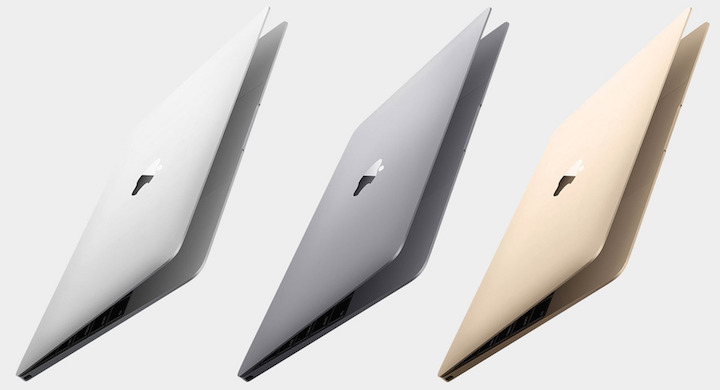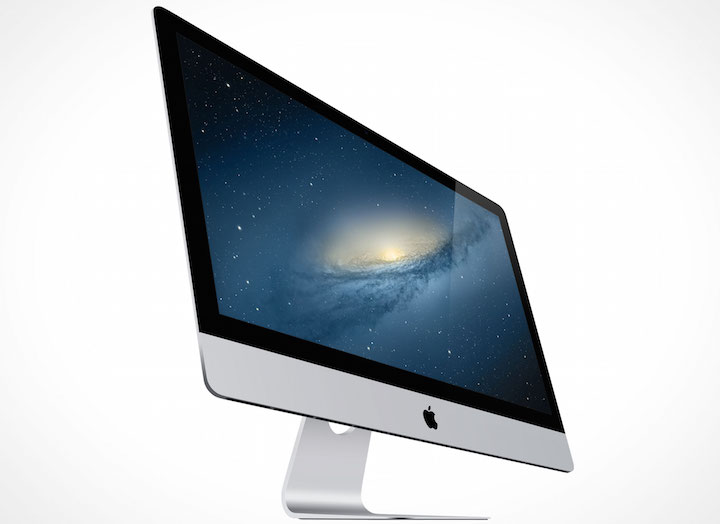One of the reasons that I love Apple computers so much is that they are quality products that continue to perform at a very high level for a long period of time. They are not only dependable and durable, but also extremely easy to use and maintain. But over time, all computers – no matter the brand – can start to show their age and begin to slow down. If your Mac is feeling a bit sluggish of late, here are some tips that could help put a little pep back into it.
Add Memory
One of the quickest, easiest, and least expensive ways to speed up your Mac is to add memory to the system. Extra RAM will allow OS X, and the software you use most frequently, to run more smoothly and efficiently, which translates to faster performance all around. The upgrade process isn’t complicated, and requires very little time to complete, and just about anyone can do it. Apple has even conveniently set up a support page to help us find the right memory for our specific models, and provide instructions on just how to install the new RAM chips.
Upgrade Your Hard Drive
Most Macs today ship directly from Apple with a solid-state hard drive already installed. SSD’s are much faster than the mechanical drives that were used in the past, and that speed is very noticeable. But if your Mac is still using an old standard drive, you will see a tremendous performance boost by taking the leap to an SSD instead. The installation process is easy and replacement drives are relatively inexpensive these days. By investing less than an hour of your time you could have your computer running better than ever. Just don’t forget to clone your original drive before starting the process. That will make it far easier to get the new drive up and running faster.
Kill Any Unnecessary Programs That Are Running
When our computers first start up, they sometimes automatically launch software that we may not even need. These programs will often run in the background, eating up processing power and memory even though they are going unused. To stop this from happening, launch the Systems Preferences app and click on the option for “Users & Groups.” Then, click the tab marked “Login Items.” You’ll be presented with a list of programs that have been given permission to start up automatically when you login to the computer. Any one of these programs could be negatively impacting performance and it is best to shut them down altogether. Scan the list for things that aren’t necessary and than highlight those items. Next, simply click the “-” button to remove them altogether. The next time you restart your computer, those programs won’t automatically load, thus freeing up memory for use elsewhere.
Clean Your Hard Drive
If you’re already using an SSD drive on your computer and it is still performing sluggishly, it may be time to clean out some old files and free up some disk space. Start by checking the usual places like the Downloads folder or the Desktop for any extra files that may have accumulated over time. Throw away unneeded software installers and updates, as well as any applications you are no longer using. Those items are just taking up space, and could be causing unnecessary slow downs. Consider running an app designed to sweep the hard drive such as HD Cleaner. It will look for hidden things on your drive that aren’t needed and help you remove them too. Also, run Disk Utility to repair permissions on your files, as that can resolve some issues as well.
Use Activity Monitor
Activity Monitor is a small program that can be found in the Utilities folder, which is in turn tucked away inside the Applications Folder. It watches your Mac closely and keeps track of how much free RAM you have, which programs are using the most CPU cycles, how your hard drive is performing, and so on. It can be an invaluable tool for monitoring the efficiency of your computer, and provide clues to which items could be generating slow downs. Run the Activity Monitor on a regular basis to keep tabs of your Mac’s performance, and to get a better understanding of the processes that are impacting its speed.
Bonus: Run System and Software Updates
This tip is mostly a reminder to run update for both OS X and your software on a regular basis. Software updates are now handled through the OS X App Store app, which will alert you when updates are available by displaying a small red badge on the app icon. It is crucial that those updates get installed in a timely manner, as they often fix bugs, improve performance, and generally help software to run better.
Also Read:
5 Tips for Reclaiming Hard Drive Space on Your Mac
Gain Better iPhone Privacy with These 5 Settings







